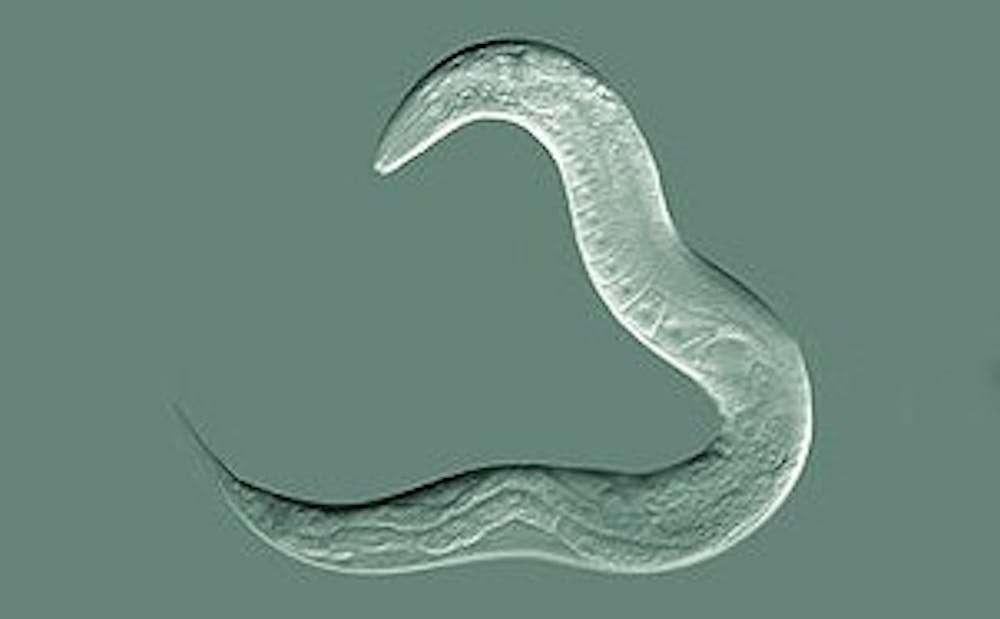In the 1990s, matrix metalloproteinase (MMP) inhibitors rose to fame as a medication that blocked what researchers thought at the time to be the reason cancer was able to invade cells. However, the glory was short-lived, as treated cells were still being compromised.
Now, Duke researchers may have understood why.
“Invasive cells are really smart. They can adapt," said research scientist Laura Kelley, who led the investigation's experiments. "Even if you take away these tools that they have, these molecular scissors, they can exaggerate other means that they already used and just punch through this barrier."
The “molecular scissors” Kelley refers to are the MMPs, which dissolve the thick outer membrane of healthy tissues and cancerous tumors alike—letting the cancer invade other healthy organs. By blocking these, previous researchers believed that cancer would be unable to metastasize.
"The MMP [inhibitors] should also be used with another anti-invasive therapy,” professor of biology David Sherwood said.
When cells lose their dissolving enzyme, they do not give up. Instead, they switch to a forceful method of tearing through the cell.
Kelley and Sherwood set out to discover what was being used as this battering ram through experiments on C. elegans worms. The worms are translucent, so they were able to visualize the invasion of cells.
They saw worms that no longer had MMP grew large bulges that were able to smash through the cells with force. To assist this, the cells even transferred their mitochondria—a critical organelle for energy production—to the front in order to generate more energy.
The team then began experimenting with deleting certain genes from the worms' DNA along with the MMPs. Using RNA interference, the team methodically knocked out 11,000 genes, one at a time, from separate worms, testing to find the one that was responsible for the forceful alternative invasion.
Sherwood noted that invasion is not always bad—many cells in the body invade others as part of normal operations, tearing through a “thin, but dense network of proteins.” These invasions are carried out in a controlled manner, whereas cancer “hijacks the programs that animals use anyway.”
Now, Sherwood and Kelley are working towards a practical application of their discovery. Stopping invasion is the first step to stopping cancer from forming in a body in the first place.
“[It's] harder to stop metastasis than it is to put somebody on Mars,” Sherwood said.
This research will be especially applicable to people who suffer from breast, pancreatic, prostate or lung cancer, all of which spread early. Other variations, such as brain cancer, kill the individual during the invasion itself, which is often a quick process that will require a different solution.
“We’re all affected by cancer—one in three men and one in four women," Sherwood said.
The researchers are now trying to find the appropriate assay that will allow them to translate this research into mouse trials and eventually human cell lines.
Sherwood described the process of discovery as “incredibly addictive." Along with these discoveries, Kelley and Sherwood also found evidence that the translation of DNA may be more unique than is commonly thought, and that the invasive cells that make proteins are not “uniform machines,” Sherwood said.
Get The Chronicle straight to your inbox
Sign up for our weekly newsletter. Cancel at any time.

Maria Morrison was a digital strategy director for The Chronicle's 117th volume. She was previously managing editor for Volume 116.

